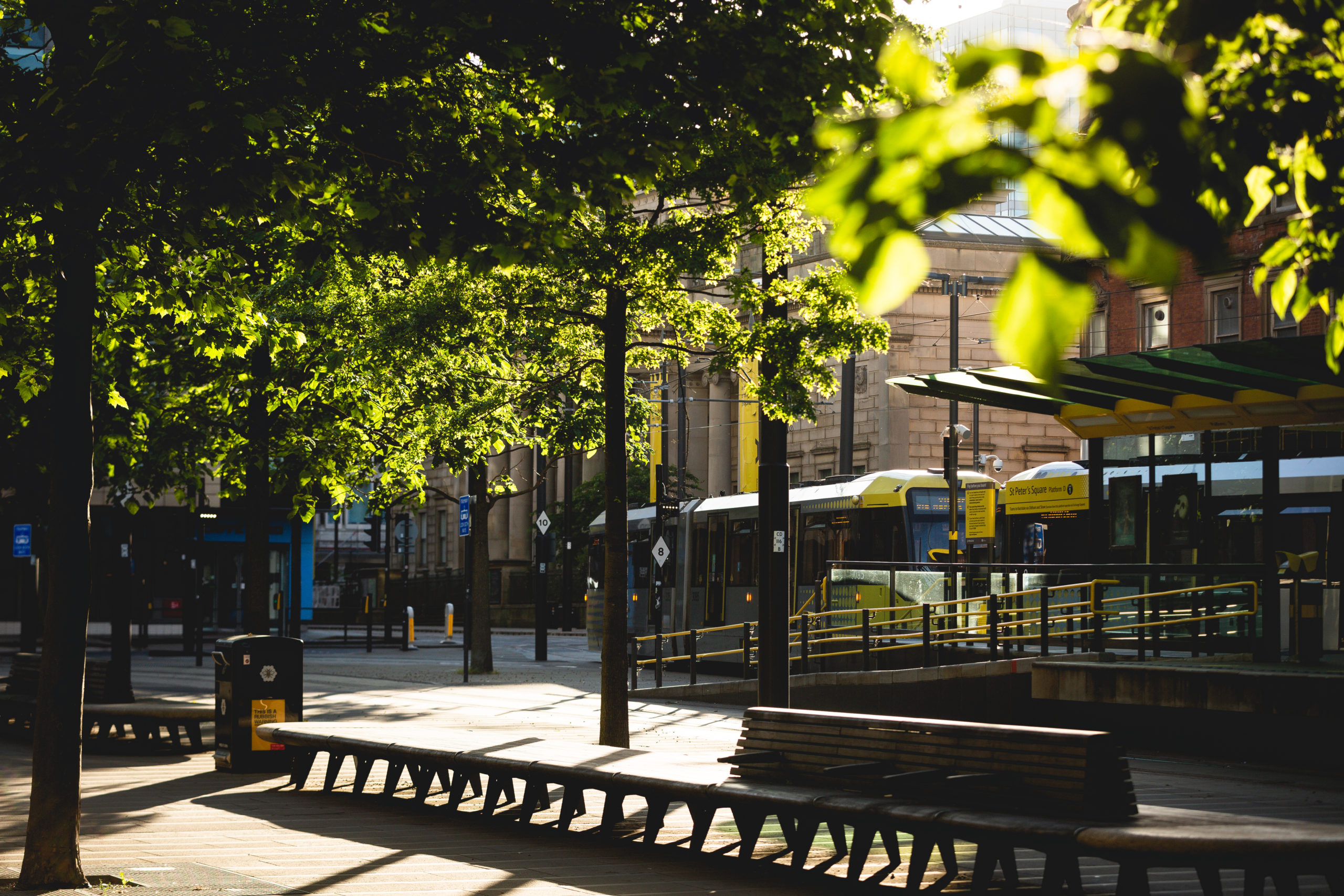BLOG – Why We Need to Retrofit & Rethink Our Homes
As Britain enters a winter of soaring energy bills, an increasing number of people in the UK are struggling to keep their homes warm. The sector wide price surge has restricted people’s ability to ‘switch suppliers’ therefore a new focus is emerging, focusing instead at how our homes are constructed and insulated.

This switch is a positive one, not only addressing fuel poverty and the health and wellbeing of our population, but focusing on reducing overall energy use, a major contributing factor in the climate emergency. The UK’s legally-binding climate change targets will not be met without the near-complete elimination of greenhouse gas emissions from UK buildings. This requires significant change to the way our homes are constructed, and how existing homes can be made fit for the challenge of climate change, with support needed for the most vulnerable.
Retrofitting existing homes
The UK has some of the oldest housing stock in Europe, with the majority of homes in need of retrofitting.
Retrofitting solutions include but are not limited to:
- Adding thermal insulation to walls, lofts and floors
- Replacing gas heating with heat pumps
- Adding solar panels to roofs, providing a renewable, sustainable energy source
- Updating windows to triple glazing
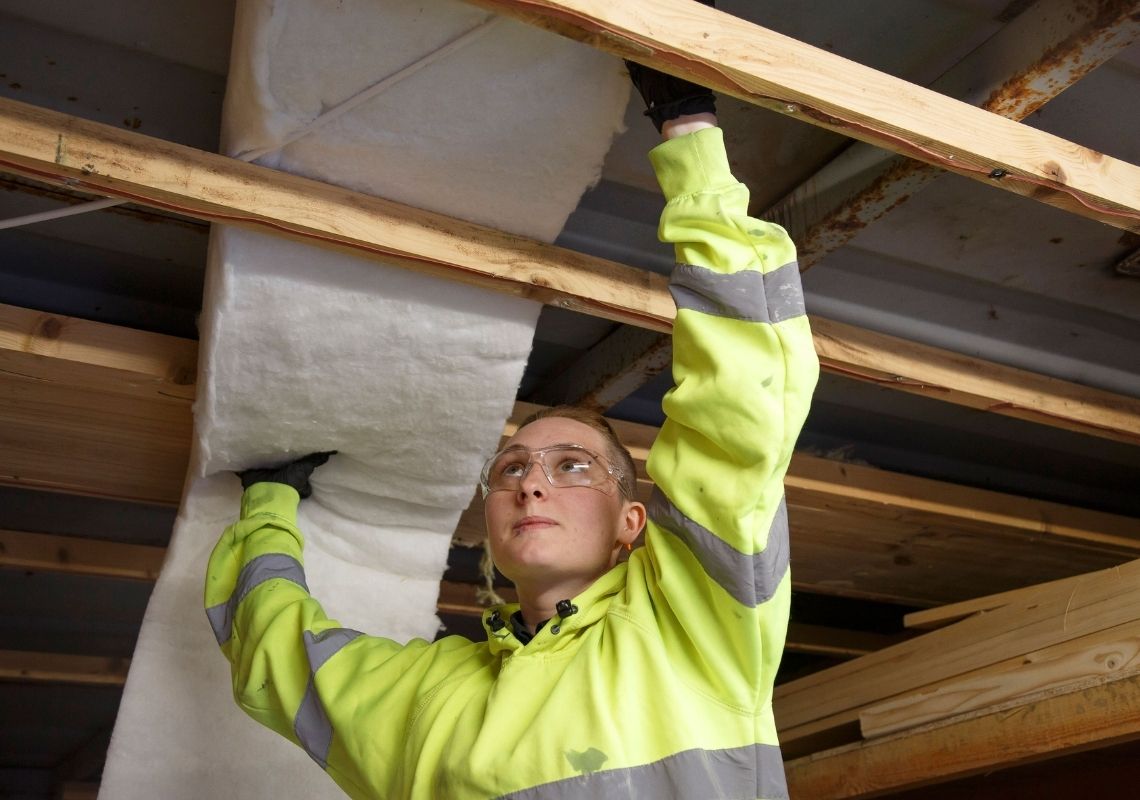
Implementing just one of these solutions can help reduce energy use and costs but when it is looked at on a whole building scale, known as Passivhaus design, the reductions are phenomenal! An average UK house uses 140kWh/sqm/year for space heating, whereas a Passivhaus is designed to use less than 15kWh/sqm/year!
Retrofitting requires significant Government investment, as most homeowners can’t afford the upfront costs of the investment. Previous schemes, such as the Green Homes Grant were a good start but haven’t gone far enough.
Ovo Retrofitting Scheme
We’re working with OVO Energy Solutions and Rochdale Borough Council to deliver energy saving measures in areas of Rochdale where the impact of the cost of living crisis is most severe.
Together, we seek to deliver meaningful energy efficiency schemes where installed measures help to reduce the impact of fuel poverty and enhance health & wellbeing.
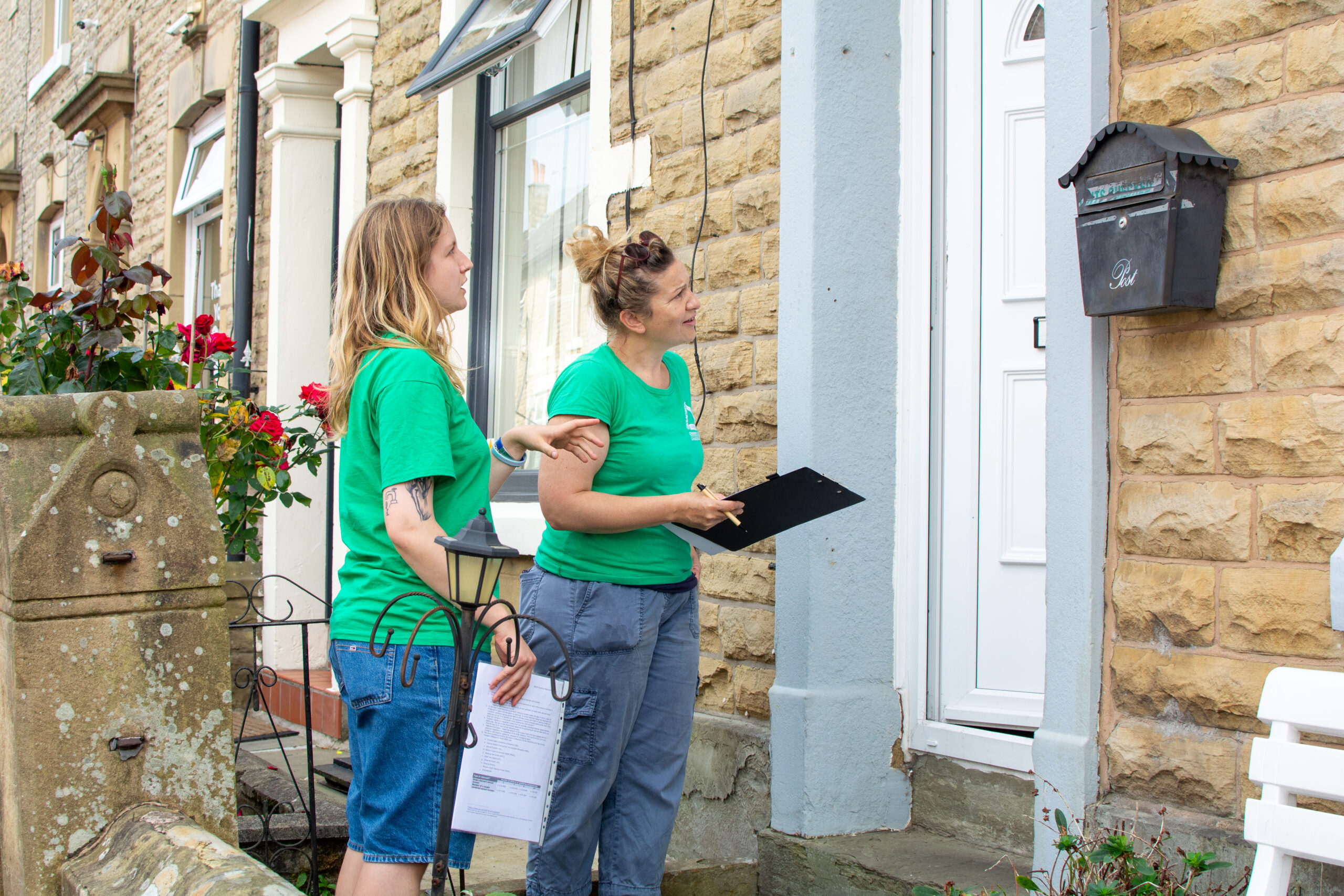
In alignment with PAS2030 standards, partners will deliver retrofit assessments, coordination and design in compliance with PAS2035, with a focus on delivering cavity wall or external wall insulation.
Measures will be installed by a professional partner, at no charge to the resident – helping reduce residents carbon emissions and energy bills. Groundwork has been appointed to support the project with community engagement, events, eligibility checks, assessments and more!
A retrofitting workforce
With such a significant overhaul of our homes needed, a large number of people require training on retrofitting practices, so there is workforce available to undertake this work.
Groundwork have been delivering retrofitting training through the Low Carbon Careers programme for the past two years, working closely with industry leaders and the construction sector.
This includes people like who gained the skills and confidence needed to pursue a role in the Green Economy.
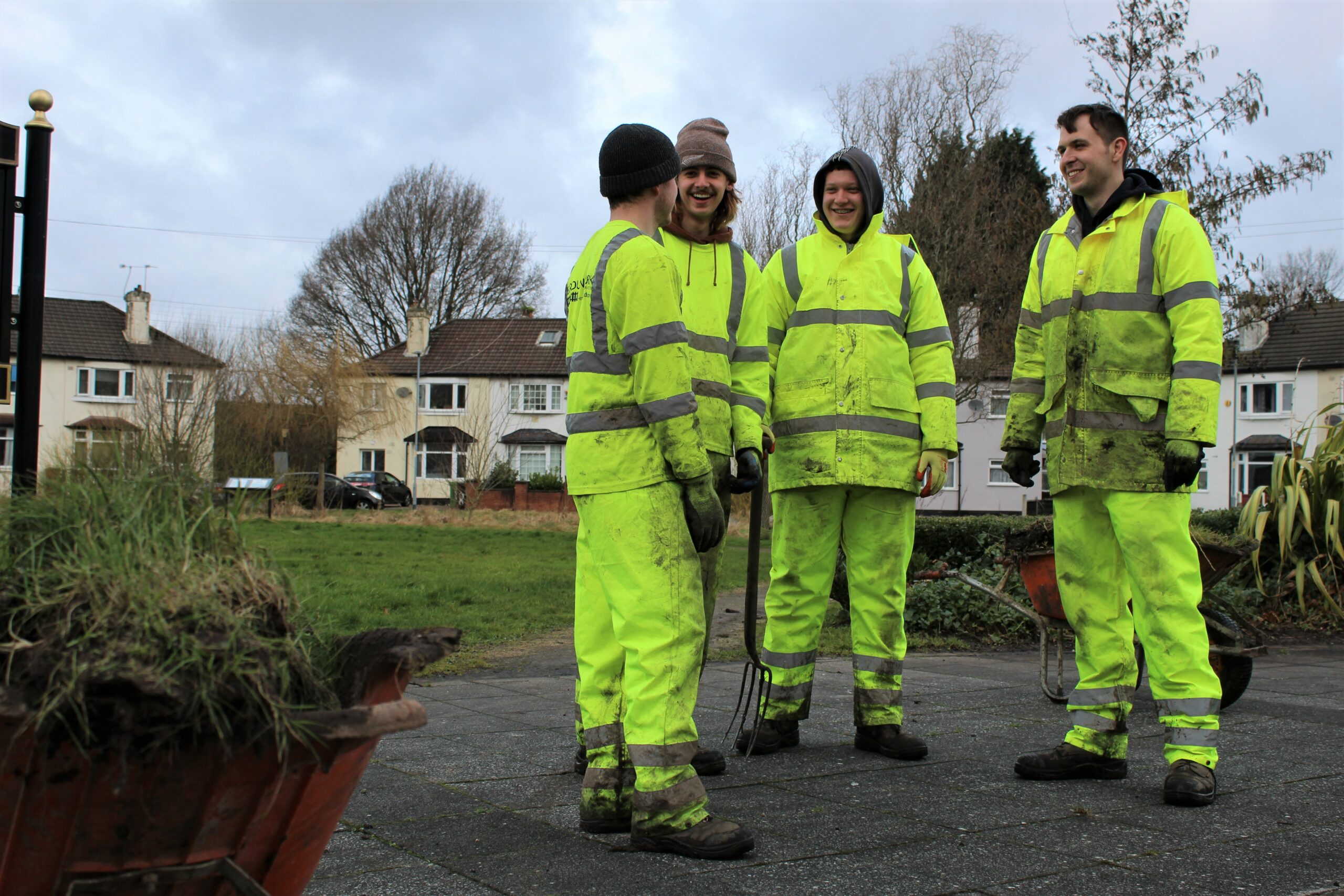
As well as having one of the oldest housing stocks in Europe, only 1% of all new-build homes in the UK are built to the highest energy standards. This means that most new-build homes constructed in 2022 will need retrofitting by 2030!
We need significant tightening of planning rules and regulation which reflect UK’s climate change targets.
Re-imagining future buildings
To create a new future for Greater Manchester’s built environment, we need to engage communities about how our homes and our cities could look, the benefits of a new approach and how achievable change is. At Groundwork, we work with communities to re-imagine the city region.
Through our everyday interactions we bring people together to have these conversations, to inspire and to influence change, whether it’s for a warm home or for the planet. Because first comes imagination, then practice.
Some inspiration
- Switching from concrete to wood
For far too long we’ve relied on unsustainable materials such as concrete and steel. Alternatives such as wooden high-rise buildings are already being built in parts of Europe, using sustainably sourced timber.
- Introducing permaculture to planning and design
Permaculture is a design idea to arrange a space based on natural, functioning and abundant ecosystems. Permaculture house design means applying this idea to structural planning and house design, to maximise benefits from sunlight, exposure and location
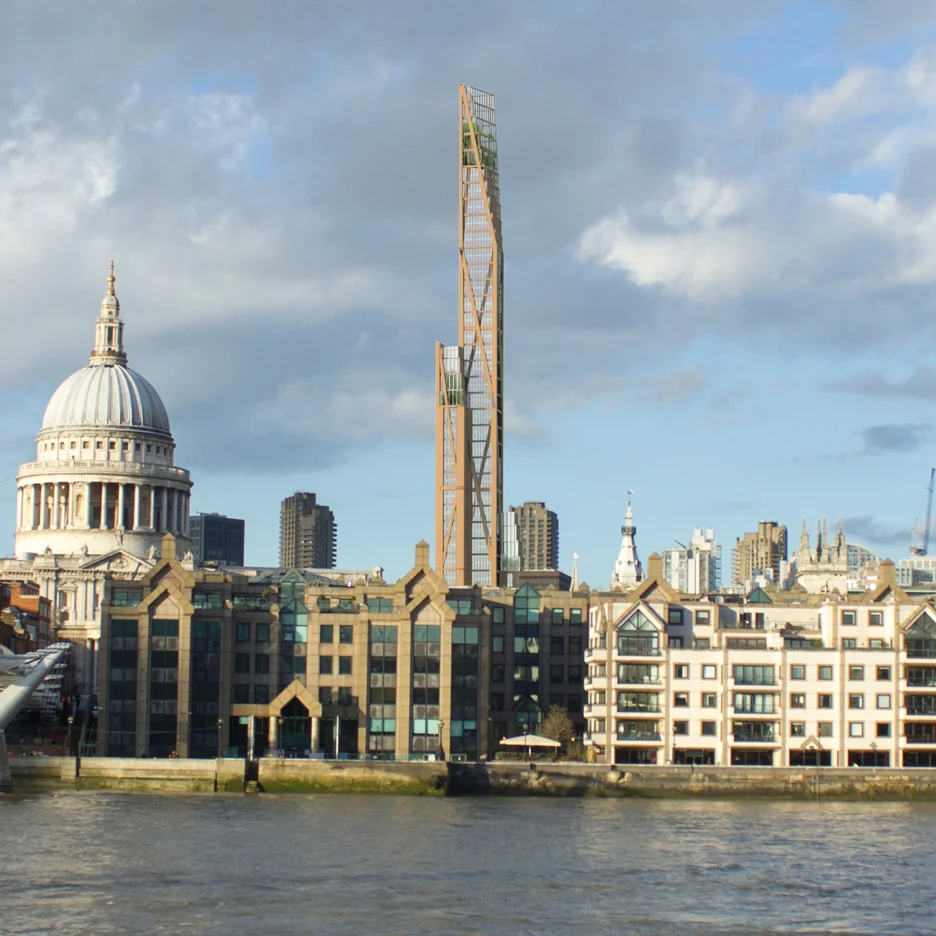
- Re-imagining building completely
Earthships have been around for decades. Using natural and recycled materials and intelligent designs to build homes that require even less heating and cooling than a Passivhaus. Common in countries with a hotter climate, Earthships are gaining increased popularity within the UK in recent years.
- Re-imagining city centres
Our cities and infrastructures are designed for cars. Re-imagining cities means focusing on the quality of life of its citizens and the environment. Paris is banning cars from it’s city centre while investing in public transportation and safe and secure cycle paths.
- Re-imagining conservation
Tackling climate change means to break down the barriers between cities and national parks, and imagining a future where conserving the planet goes hand in hand with the way our cities are designed. Convivial conservation explores the problems with current conservation approaches and explores exciting alternatives.
